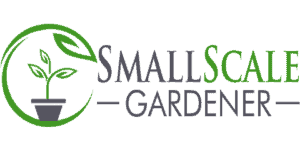Hydroponics is a great way for people to grow their own nutritious, pesticide-free food at home. Many people choose to put together their hydroponics system by taking the DIY approach and cobble together systems from whatever materials they have on hand at the time. PVC is often the material of choice for these systems, but is it the right choice? Is PVC safe for hydroponics?
Not all PVC products are safe for hydroponics. Standard PVC should not be used due to harmful chemicals that could leach into the nutrient water and contaminate the plants which you eat. Unplasticized PVC or uPVC is suitable for hydroponic systems as long as certain precautions are taken.
The idea about using hydroponics is to grow food that is healthier for us because we know how the plants are grown, what nutrients are used, and whether pesticides are used or not. Us gardeners often don’t give enough thought to the containers we are growing our food in, which could negate all the benefits we get from growing our own food. PVC is one of these materials where we need to be selective about which varieties we use to grow our food in.
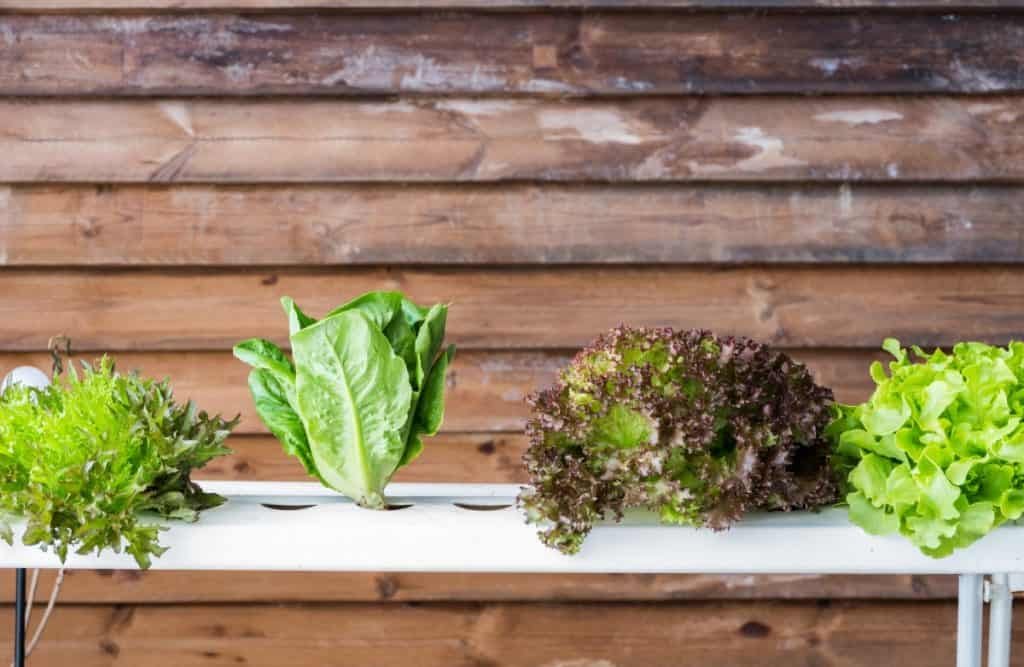
Is PVC Safe For Use In Hydroponics Systems?
PVC is a product that has revolutionized our modern society because it is cheap to produce, easy to mold into different shapes, and is very durable.
The problem with PVC is that in its raw state, it is a hard, brittle material which makes raw PVC unsuitable for certain applications. In order to make PVC more flexible, additives consisting of other chemicals and compounds are included in the material to give it a variety of levels of flexibility. This increases its usefulness in certain applications.
However, it is these additives that are most often the problem for using these forms of PVC in growing food. The compound that is most often used to increase the flexibility of PVC is phthalates which can leach into the hydroponic water. Phthalates have been proven to cause numerous health problems in people.
What Makes PVC Unsafe For Hydroponics?
The problem with using PVC for growing food plants and storing food is that most of the PVC products were not intended for this application.
The manmade chemicals and compounds that are used in the manufacture of these plastic items can leach out of the plastic over time under certain conditions. These chemicals have been found to be detrimental to the health of humans and pose serious health risks when used for applications other than their intended purpose.
In hydroponics, if the nutrient solution is stored in plastics or PVC where these chemicals can leach into the water, the plants can absorb these toxins, and they will be passed on to the consumer when they eat the plants.
There are certain environmental conditions that can contribute to an increase in the rate at which PVC can leech chemicals and toxins into the water.
- High temperatures. High temperatures will cause the PVC to release more toxins into the water. High temperatures can be a problem if the hydroponics system is located in a greenhouse where the air temperature can become very warm.
- Exposure to UV. UV radiation in the form of direct exposure to sunlight can cause the PVC to break down faster. This will result in more chemicals and toxins being released into the nutrient water.
- Glues used to join PVC pipes can be toxic. The PVC cement that is used to join pieces of PVC together is a highly toxic substance, and if too much glue is used, it can leech into the water and cause you health issues.
Plastics come with a standard number or code designation, which indicates their suitability or unsuitability for certain applications.
The number designations are from 1 through to 7, and it is important that you understand which of these codes designate a food-safe form of plastic that would be safe to use in hydroponic systems.
Dioxins are often considered to be another toxic material that is released from plastics like PVC, but this particular toxin is only released when the PVC actually burns, which is unlikely in your hydroponic system filled with water.
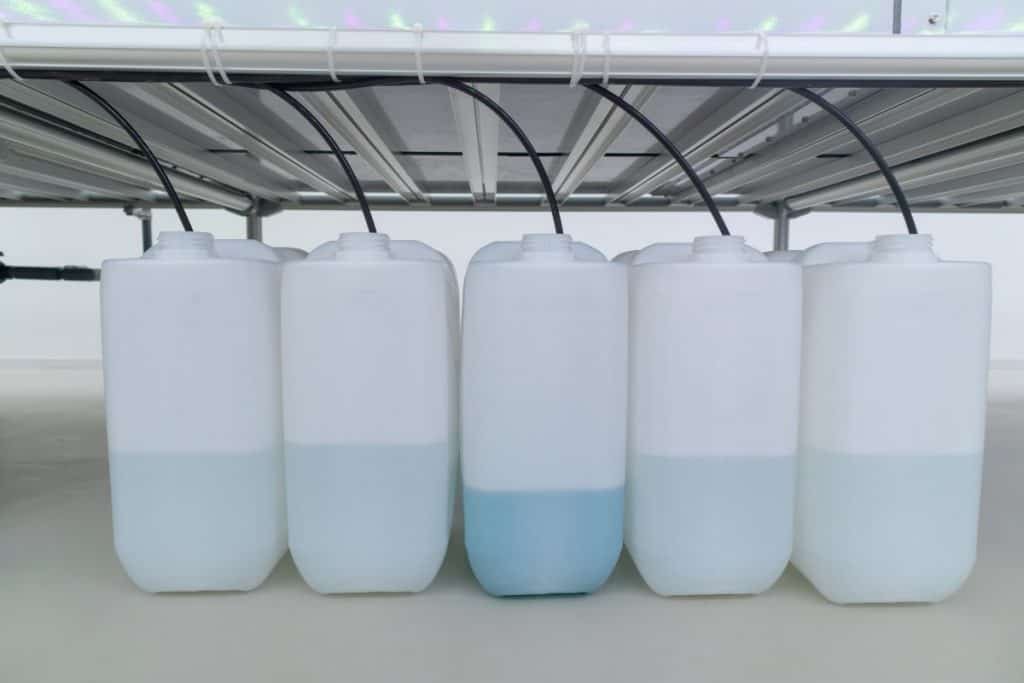
What PVC And Plastics Are Unsafe For Hydroponics?
Standard flexible PVC is not suitable for hydroponics. This plastic contains toxic phthalates and BPA, and these harmful substances will leech from the pipe into the nutrient water of your hydroponic system.
The plants will absorb these toxins, and they will be transferred to your body when you consume the vegetables from your hydroponic system.
Thus, standard PVC pipes should not be used for your hydroponics system. In the range of number-coded plastics that are unsuitable for use in a hydroponic system, the 1, 3, 6, and 7 designated plastics should never be used in any section of your hydroponic system.
The issue that tempts hydroponic gardeners to sometimes use these types of plastics is because they are often cheaper than the other coded plastics, which are considered safe to use in food production systems.
What PVC Is Safe For Hydroponics?
uPVC or unplasticized PVC does not have any phthalates, or BPA added to this plastic. Unplasticized PVC is often referred to as rigid PVC because of its lack of phthalates which is the chemical that is added to PCV to increase the flexibility of the plastic.
uPVC pipes are hard, relatively inflexible plastic, but they are also more susceptible to sun damage and weather damage, which often gives them a shorter lifespan when exposed to the elements.
While uPVC is generally considered safe to use in a hydroponics system, there are still precautions that need to be taken to minimize their potential for leaching chemicals into the water.
uPVC is considered safe not because it does not leach any chemicals into the water but because it leeches fewer chemicals into the water, and the levels have been deemed to be acceptable and not harmful to people.
To make sure your uPVC remains safe for use in your hydroponics system, you need to protect it from direct sunlight to avoid breakdown of the PVC from UV exposure. You also need to monitor the temperature in the location of your hydroponics system to prevent the temperatures from becoming too high and causing a problem for the PVC.
You should also avoid the use of glues to join uPVC pipes together in your hydroponics system. A pressure fit is normally sufficient and will not leak because a hydroponic system does not contain water that is under pressure.
My favorite way to grow food at home is using my Tower Garden Aeroponic Tower. It is Made from high-quality, USDA-approved, UV-stabilized, food-grade plastic and can grow 20+ plants using 90% less space and water. For more details you can read my article What is a Tower Garden.
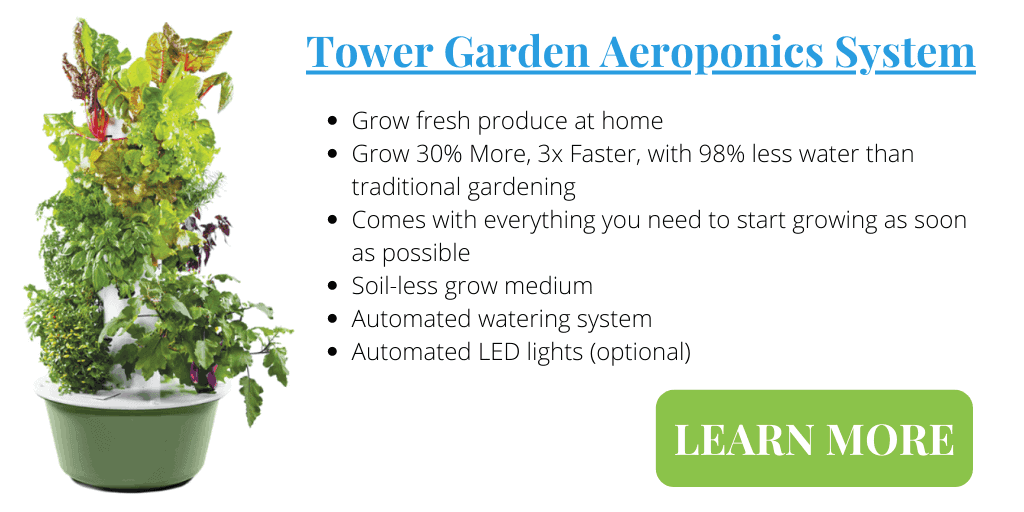
Alternative Hydroponic Plastics And Materials
Other plastics designated with the coding system as 2, 4, or 5 are considered food-safe plastics and can be used in your hydroponic systems.
These plastics are HDPE(1), LDPE(2), and PP(5), respectively. These plastics are considered to be safe to use in food growing systems, but you should still take the precautions of protecting the plastic from high temperatures and from UV exposure.
Generally, these other plastic types, while suitable for hydroponics, are more expensive than uPVC pipes, which is why the uPVC remains the preferred choice for most hydroponic systems.
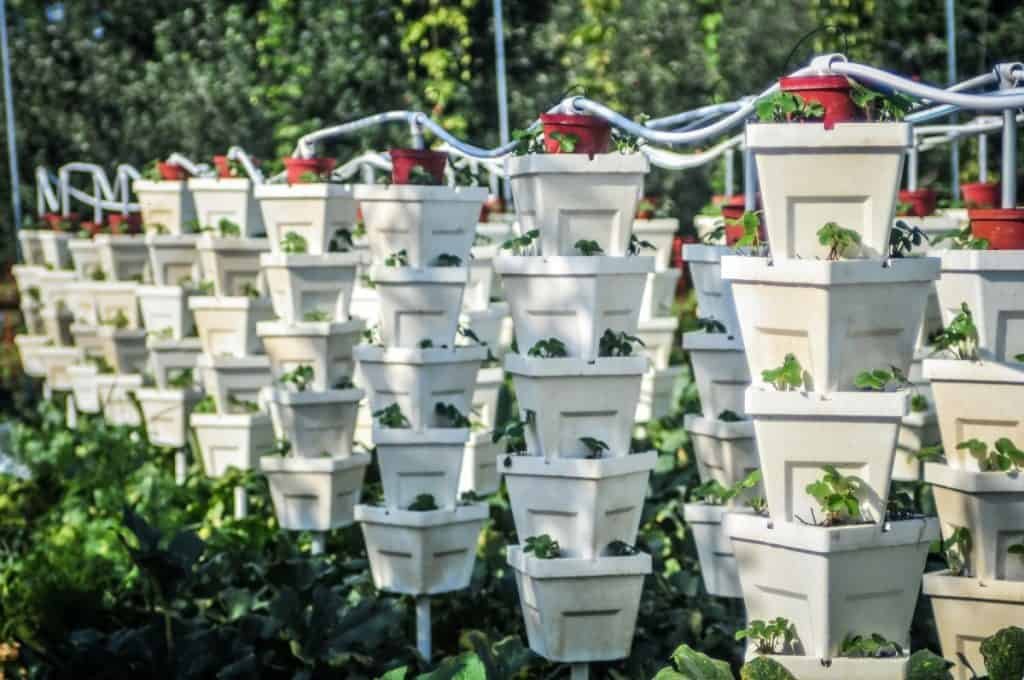
Conclusion
Growing your own food in a home hydroponics system is a great idea, and many people explore this option as a means to get fresh, healthier food on their tables.
However, you need to be selective about the components that you use in your hydroponic system and with the location, installation, and setup of your system.
The use of non-food-safe plastics could completely sabotage your plans of growing healthy food when the plastics leach harmful substances into the water. For this reason, as a food-grower, you need to be vigilant of the type of plastics you use and how the plastics are coded.
This will enable you to make the right choice and produce the healthy, home-grown food that you originally intended.
The location and setup of the hydroponic system need to be such that any plastic components used will be protected from excessive heat exposure as well as UV exposure.
This will not only help to limit any chemicals or toxins leaching into your nutrient water but will also limit the growth of algae in your system.
